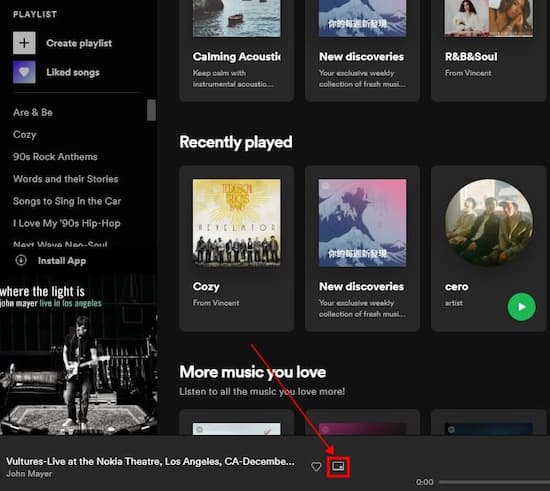
Navigate to the folder you want to pull new music from. Simply navigate to where your local tracks are kept, and click OK. Add the new sourceĬlick the big button that says ‘Add A Source.’ This will open up your File Explorer and you’ll have access to all your local files and folders. Scroll down towards the bottom to find your Local File settings.īy default, you should have your Downloads and Music Library already synced up to your account. Scroll down the list of Setting filters until you reach the Local Files category. Click the drop-down next to your profile pic to access your Settings. Click the drop-down icon next to your name, and open Settings. At the top right you’ll notice your profile pic. Start Spotify and sign in to your account.

Overall, Rdio's desktop application retains all of the functionality of its web interface while providing a couple of improved features like iTunes matching.How to add MP3s to a Spotify playlist 1. It would also be nice to see a section for lyrics.

Its library is not as extensive as Spotify's. There are still a few areas that Rdio could improve upon, like including more artists. Rdio still acts as a music streaming application, but you can also send tracks to be downloaded to your mobile device if you pay for the monthly plan. One interesting feature of the Rdio desktop app and the Rdio web interface is that the desktop application can scan your iTunes collection so that your iTunes library will show up in Rdio's interface. You can even create a collaborative playlist with your friends. It is a great way to discover new music and to see what your friends have been listening to. You can follow people on Rdio and have their music activity show up in your feed. Social is really where Rdio separates itself from competitors like Spotify. It supports Twitter, Facebook, and Last.fm. One of the great things about Rdio is its social network integration.


 0 kommentar(er)
0 kommentar(er)
